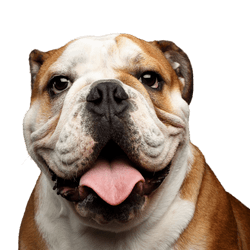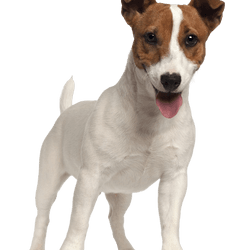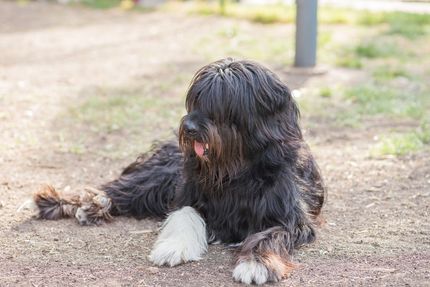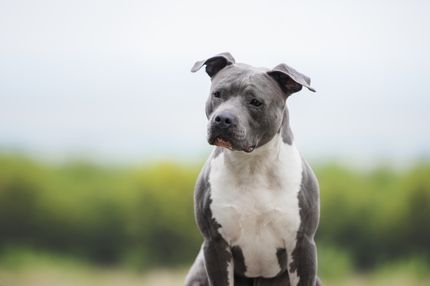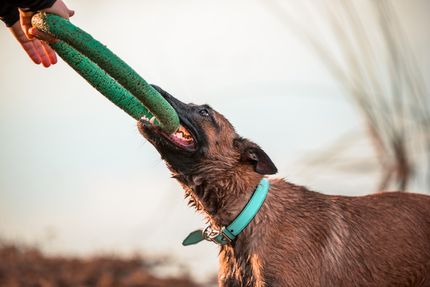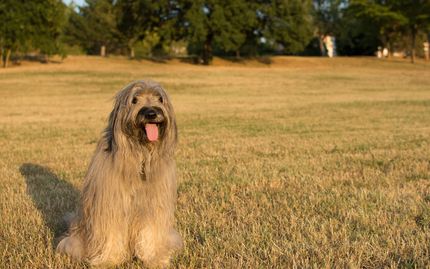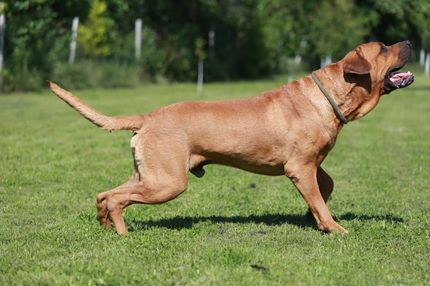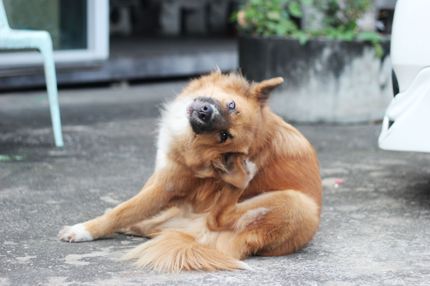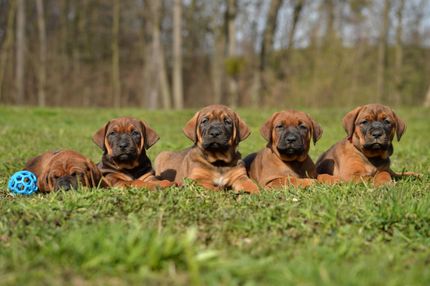Facts & Origin
Bull Jack: A lively mix of English Bulldog and Jack Russell Terrier.
The Bull Jack is an interesting blend of the sturdy English Bulldog and the bubbly Jack Russell Terrier. This hybrid dog combines the appearance and character traits of both parent breeds, creating a unique and charming personality that appeals to families and individuals alike.
Origin of the Bull Jack
The breeding of the Bull Jack is relatively new and its exact origin is unknown. He is the result of crossing an English Bulldog, a breed with a history dating back to the 13th century, with a Jack Russell Terrier, a breed bred for fox hunting in England in the 19th century.
In summary, the Bull Jack is a lovable, energetic companion that can delight both active individuals and families. With proper care, training and love, this dog can become an unforgettable part of your family.
| Alternate Name | - |
| Origin | UK - England |
| Life expectancy | 10 - 16 years |
| Care requirements | low-maintenance |
| Activity level | low - high |
| FCI group | not recognised |
| AKC group | not recognised |
| KC group | not recognised |
More English Bulldog mixes
More Jack Russell Terrier mixes
Attitude, character and temperament of the breed
Possible character traits
The Bull Jack is known for his joy, loyalty and amiable temperament. He inherits the playfulness and energy of the Jack Russell Terrier and the determination and calmness of the English Bulldog. This mix makes him an alert and lively companion. Bull Jacks are usually very intelligent and sometimes headstrong, which requires consistent and patient training.
Suitability and attitude
The Bull Jack is an energetic and happy dog that does well in a house with a yard as well as in a city apartment, as long as he gets enough exercise. He is ideal for active owners who enjoy outdoor activities together. Bull Jack is a good fit for families with older children, as his energy and temperament can sometimes be too much for younger children.
Character
Usage
Care and health
The Bull Jack requires moderate grooming. His short coat should be brushed regularly to remove dead hair and keep the skin healthy. He may be prone to the health problems typical of his parent breeds, including hip dysplasia, patellar luxation, and certain skin problems. Therefore, regular health checks at the veterinarian are essential.
What does this mixed breed look like?
The Bull Jack is usually a medium-sized dog with a strong and muscular build. His appearance can vary greatly depending on which parent he more closely resembles. He may have the broad muzzle and powerful build of the English Bulldog or the leaner, wiry appearance of the Jack Russell Terrier. Coat colors can be a mixture of white, brown, black and brindle.
| Fur length | short |
| Fur | flat coated - rough-haired |
| Ear shape | Floppy Ear - Tilt-ear |
| Tail | stubby - lang |
| Anatomy | muscular, massive, square, hefty, sporty |
| Size ♀ | 25 - 40 cm |
| Weight ♀ | 6 - 35 kg |
| Size ♂ | 25 - 40 cm |
| Weight ♂ | 6 - 23 kg |
| Suitable For | - |
Known Diseases
Eye diseases
Often occur with allergies and intolerances.
Skin inflammations
Can be hereditary in certain breeds.
Heart disease
Can occur frequently in dogs and can sometimes be treated with medication.
Breathing problems
Dogs with shortened muzzles can often experience respiratory problems.
Cataract
Cataracts are still one of the most common causes of blindness, even in dogs.
Numbness
Often occurs in old age.
Ataxia
Ataxia (from Greek ἀταξία ataxia 'disorder' 'irregularity') is a generic term in medicine for various disorders of movement coordination. Ataxia can occur even when there is no paralysis (paresis), that is, when there is normal muscle strength.
Atopy
Canine atopic dermatitis or environmental allergy is characterized by itching with scratching, biting, and rubbing of the face, paws, and belly
Dermatophytosis
Dermatophytosis (synonym dermatophytosis, from ancient Greek τὸ δέρμα derma, German 'skin' and ancient Greek φυτόν phyton, German 'plant') or tinea (Latin for 'woodworm', 'moth') is a skin fungal disease caused by specific fungi (dermatophytes).
extreme whiteness
May be associated with some other diseases.
Legg-Calve-Perthes
Legg-Calvé-Perthes disease (aseptic femoral head necrosis) is a growth disorder of the femoral head.
Dislocations
Lenticular and patella luxation occur in some breeds and affect the eye.
Myelopathy
Degenerative myelopathies of dogs are a series of slowly progressing neurological diseases associated with destruction of the spinal cord. These diseases are associated with slowly progressive movement disorders of the hindquarters.
FAQ
-
Bull Jacks usually become medium-sized dogs.
-
Yes, the Bull Jack can move quickly and is very agile.
-
No, this dog is affectionate and calm with a tendency to be affectionate rather than aggressive.
-
Yes, this mixed breed is intelligent and learns new skills quickly.
-
These dogs are persistent and like to run a lot.
